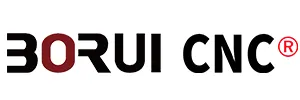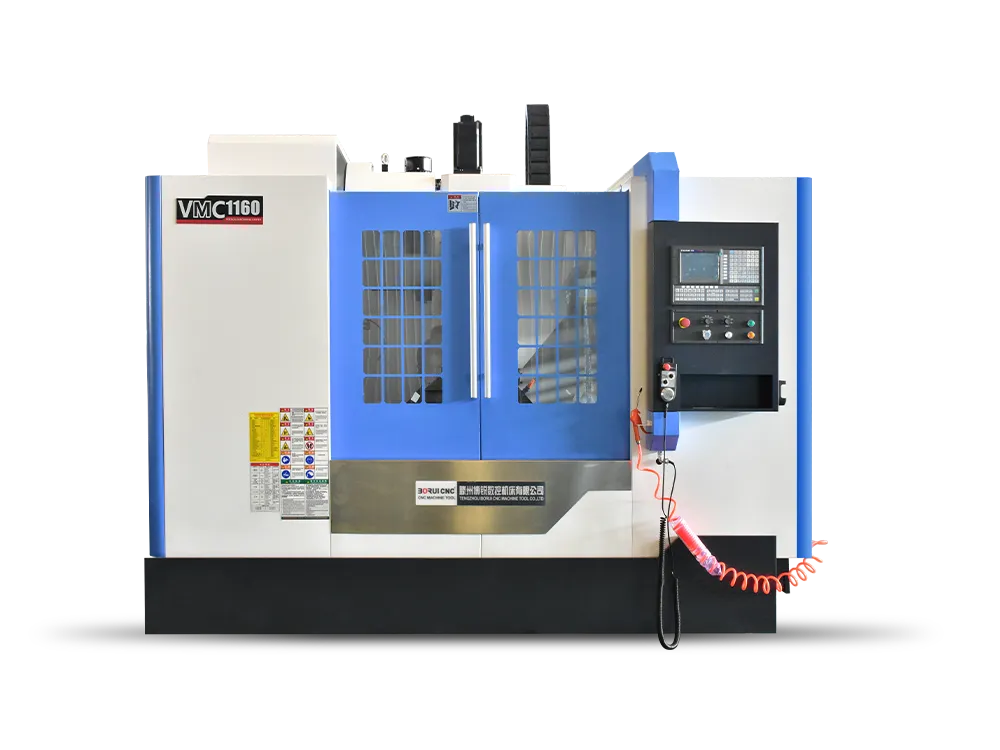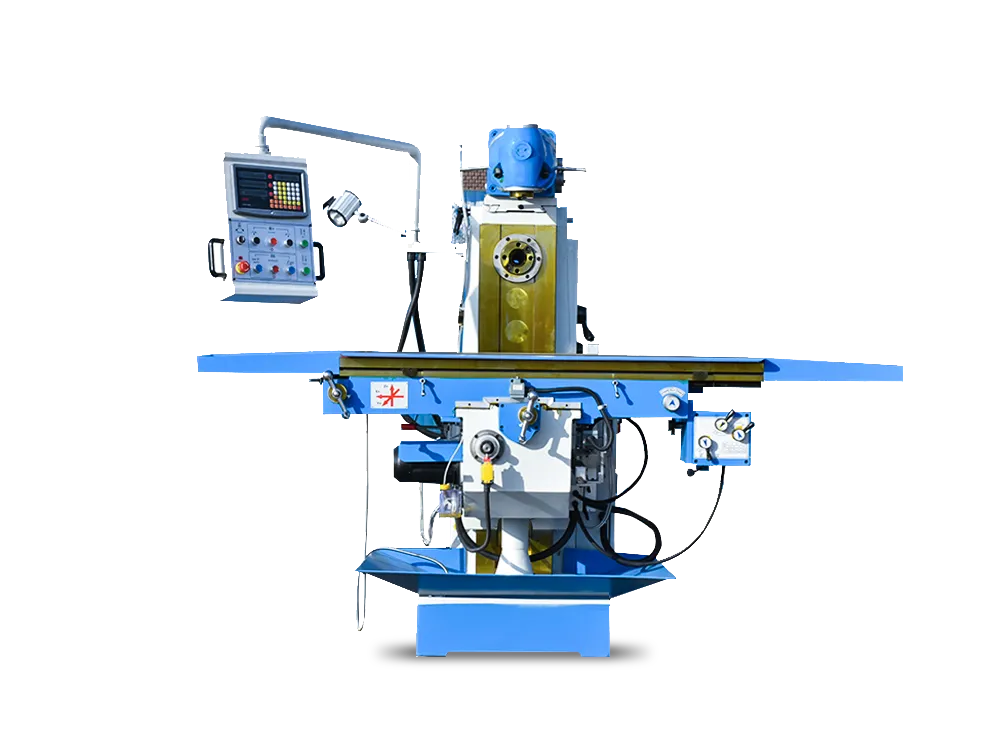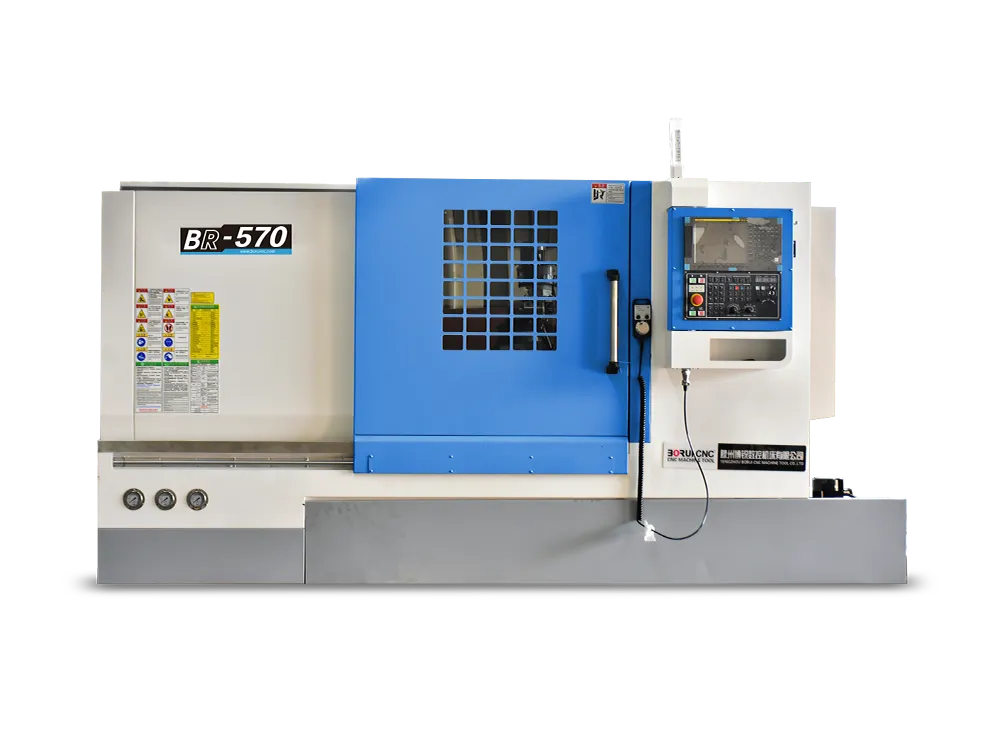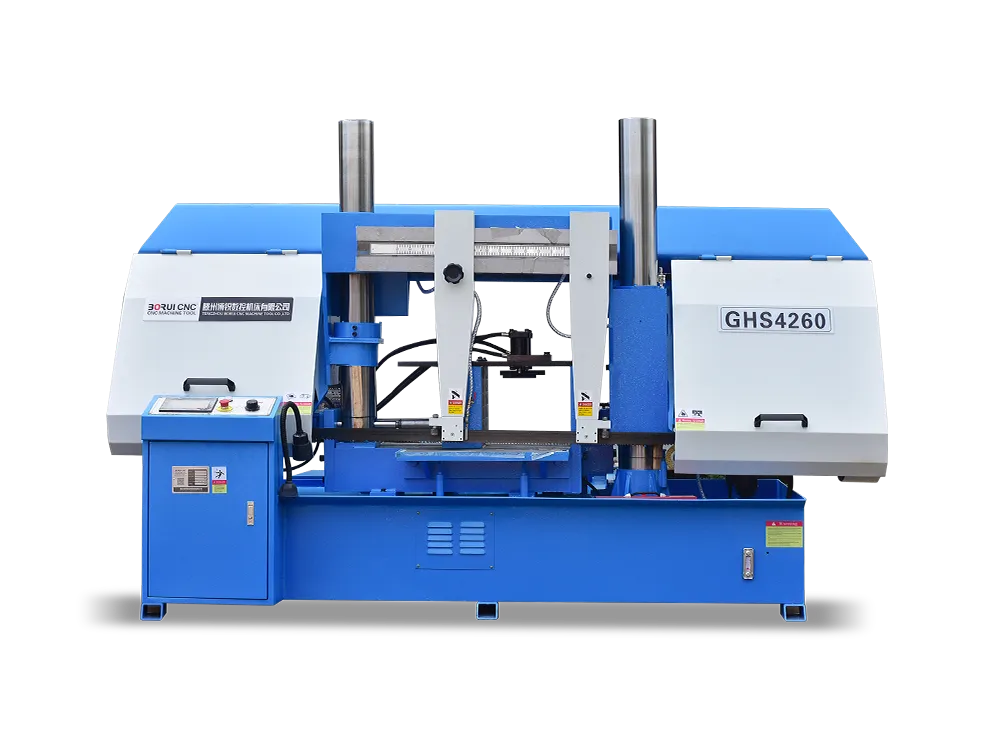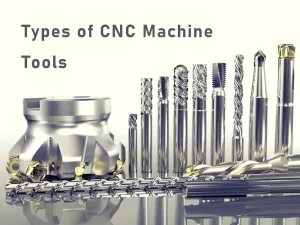
Technology is replacing many conventional ideas and machines. CNC machines are also a result of technological revolutions. These machines stand out in manufacturing industries due to their swiftness and precision. These machines have different components that give rise to various types of CNC machine tools.
These tools contribute to managing the accurate working of these machines. All types of tools perform specific tasks. Therefore, it is crucial to understand each type to attain the required results. Don’t you know about those tools? Fret not! This guide will provide information about these tools for every minor to major. So let’s get started.
Overview of CNC Machine Tools
CNC machines work with the instruction of a computer. They are used to cut, design, and shape different materials with 100% precision. They consist of a dedicated CNC (Computerized Numerical Control) system. It ensures that these machines do as per the coded instruction fed by the operator.
You must have seen the extraordinary designs of furniture. It is possible due to these advanced machines. But these machines do not work alone. Instead, their working and functionality are dependent on the tools. In simple words, we can say that these machines have hands to do particular tasks, known as their tools.
These tools include turning, cutting, drilling, and grinding tools. All these tools are attached to the primary machine’s structure. How do these tools work with CNC machines? The manufacturers prepare the design template via software. However, the computer cannot see this design made through software.
So, the operator changes this design into programmed instructions. These instructions are given to the computer. The computer decodes messages and guides these cutting, and shaping tools. The cutting tools of these CNC machines follow these instructions. This makes their work super accurate and precise.
The CNC machines can only work with those tools. Moreover, these machines will collapse if tools don’t follow the computerized instructions. They have different tools that enhance the functionality of these machines. Each tool allows the machines to work differently and perform unique tasks. In the section below, we’ll discuss each of those different tools.
CNC Turning Tools
These tools are used in the CNC turning process. The workpiece moves in this machining process. The cutting tools cut and shape this rotating workpiece. Remember that the computerized system controls the rotation of the workpiece. Similarly, the turning tools also follow the automated instructions.
They remove the material from the work with precision. These CNC turning tools are made of solid material. They are strong enough to cut and shape any workpiece. There are different turning tools. Each of them varies in terms of their work. Let’s dive in and discuss those different CNC turning tools in detail.
1- Boring Tools
Boring tools are handy for increasing the diameters of any hole. Suppose you have drilled a hole in a workpiece. But that hole would be of specific diameters. If you need more increased diameter, you’ll need to use these boring tools. Not only do they enlarge the hole, but these tools also ensure proper polishing of the hole. They come in two types: rough boring tools and fine boring tools.
2- Chamfering Tools
As suggested by their name, chamfering tools create chamfers for workpieces. These tools cut the workpiece at an angle. Because of this angle, the surface of workpieces becomes very smooth. Don’t you know about chamfering? It is a process that includes smoothing the workpiece’s sharp edges. It is a crucial step in the milling process.
Why? Because the sharp edges can cause harm and diminish the aesthetic appearance. Remember that these chamfering tools come in different sizes. The smaller-sized tools are suitable for routine use. On the other hand, larger tools are used at a professional level. Manufacturers use them to make parts so that their assembly becomes easy.
3- Knurling Tools
Knurling tools are used to create different types of patterns in the workplace. These tools have two types of patterns: diamond and straight. When pressed on the workpiece, the tool imprints the required pattern from those two. This pattern enhances the gripping power of the material and its aesthetics. Remember, these tools are very rigid and robust. So they can create designs and textured surfaces of any material.
4- Separation Tools
Separation tools are used to detach the designed part of the workpiece. They are made of sharp blades that cut the workpiece’s part away. The working or cutting of these tools is precise. They cut the workpiece from where the computerized system instructs. There are different types of separation tools, each working differently. These tools can work with various materials, including glass, wood, metal, and stones.
CNC Cutting Tools
CNC cutting tools are other critical components in the CNC milling process. Unlike tuning tools, cutting tools do not remain stationary during milling. These tools move in a circular motion to cut the stationary workpiece. The operator places the workpiece on the work table and clamps it properly. Its steady position allows precise cutting and shaping.
The usability of these tools is standard in the aerospace and automotive industries. Manufacturers use them to make different complex parts of airplanes. They are mainly made of carbide and high-speed steel. These materials make these tools robust enough to cut any workpiece. Let’s discuss some CNC cutting tools.
1- Endmills
End Mills are responsible for making slots and cavities and contouring them. They cut and shape the workpiece in different directions. So they can create surfaces of various shapes and depths. You may understand that these endmills are similar to those drilling tools. However, both of these tools are different.
The drilling tools are dedicated to making holes. They are pressed down into the workpiece. On the flip side, these end mills are more versatile. They cut the material in different directions, i.e., horizontally, and vertically. So they can create different holes and slots. They are not limited to creating holes only. Their cutting tools can make curves in metal, wood, and other materials.
2- Slab Mills
Slab mills are used when large-scale milling of flat surfaces is required. They have a complex design with several teeth to perform the task. These teeth are designed to quickly remove the bulk of metal from the workpiece. However, there are some limitations to using slab mills. For example, they are less versatile due to their only possible horizontal geometry. Moreover, they are confined to flattened surfaces only.
3- Face Mills
Face mills are tire-like tools with specialized cutters all around. These cutters are made of carbide or high-speed steel. They are very sharp and fast and can cover a large workpiece area. What I like about these tools is their independent cutters. You can replace them in case of malfunction, which increases the tool’s lifespan. These face tools can create grooves and other complex shapes with ease.
4- Shears
Have you ever wondered about the unique designs and shapes of robust metals? How are those strong metals sliced? Shear tools are behind this metalwork. These tools contain fixed and adjustable blades. The blades are sharp enough to cut large pieces of different metals. The exact alignment of shears is critical to minimize metal waste.
5- Hollow Mills
Hollow mills are specific for the milling of round workpieces. You must have seen bolts, screws, and nuts. Hollow mills form them. Moreover, they are suitable for creating cylindrical shapes as well. What I like about these tools is that they can remove material from the inside of the workpiece. As a result, they can achieve excellent precision. The design of these tools is straightforward. It contains sharp edges to cut the circumference of the round metal piece.
Drilling Tools
You know that drilling means creating holes. As suggested by their name, CNC drilling tools have several drilling bits. These bits are used to make holes in the workpiece. They can create holes in wood, plastic, and different metals. Their traditional designs are used to create holes one by one. So, it was both a time-consuming and less efficient process.
Now, things have changed due to technological advancements. They have advanced designs that allow them to create many holes simultaneously. All these holes are made with accuracy because a computer guides the tool. Below are several types of drilling tools.
1- Center Drills
The simplest type of drilling tool is the center drill. It is used to create a small conical-shaped hole. Manufacturers use these tiny holes to guide, making large holes with more significant drill bits. In this way, these tools increase the precision level for drilling. It won’t be wrong that they mainly use it to create a mark for extensive drilling.
2- Ejector Drills
Unlike center drills, ejector drills make deep holes. Sometimes, ejector drills are processed with center drills. For example, if holes are marked by center drills, ejector drills make them deep. Moreover, ejector drills come with a self-cleaning system to clean the remains. It proves to be very useful in making the hole smoother.
3- Twist Drills
Twist drills are small rod-like drilling tools surrounded by small spiral flutes. However, their cutting edge is present at the tip of the rod. The flutes provide a guide to the cutting edge for drilling the hole. Their simple design makes them popular in small industries and workshops. However, they overheat from friction due to their use in drilling rigid materials. Specific coolants are needed to handle it, which may raise the overall cost.
Grinding Tools
Grinding tools are used to give the workpiece a final look. But the question arises: HOW? These tools have specialized abrasive wheels. These wheels slide over the workpiece with speed and force. During sliding, they grind and shape the workpiece with precision. This process cuts down the extra rough surface of the workpiece.
Workpieces can only gain a delicate appearance with these tools. Moreover, many types of grinding tools exist that vary in wheel shapes and sizes. All of those are specific to different kinds of materials. Grinding tools are precise and cost-effective. That’s why manufacturers consider them beneficial for milling on a large scale.
Different Types of Materials Used in the Manufacturing of CNC Machines Tools
Different types of materials are used to make machine tools. A low-quality raw material will form a low-quality tool and vice versa. String material will make tools capable of working with solid workpieces. Let’s discuss some common materials used in CNC machine tools.
1- Carbon Steel
Carbon steel is famous for making tools for milling soft materials. It is mainly an alloy of low-strength metals. So, tools made with this material are suitable for heavy-duty milling. Another problem with this material is that it cannot resist corrosion. Therefore, special coatings are applied to maintain its structure. Moreover, the milling process produces intensive heat.
However, carbon steel is thermally sensitive due to its low melting point. Therefore, carbon steel-made tools are not applicable for milling on a large scale. However, one advantage of this material is its cost-effectiveness. Its raw materials are readily available, so they are inexpensive. If you have a tight budget, you can use them for small milling operations at a small scale.
2- High-Speed Steel
High-speed steel is well known for its durability. It is a mixture of robust metals such as molybdenum, tungsten, and cobalt. This material is named high-speed due to its swiftness in milling operations. Standard tools made from this material are cutting and drilling tools. Remember, tools made with this material are heat resistant. Moreover, HSS-made tools have a long life span due to their resharpening properties.
3- Carbide
Carbide is another strong material used to form CNC machine tools. It is formed by tungsten and carbon, which are critical to its hardness. Remember, carbide has superior heat resistance ability. It means that these tools can withstand the heat of friction during milling. Therefore, different cutting tools are made from this material. Moreover, carbide is also smooth, which is a benefit in the finishing procedure.
4- Ceramics
Ceramics are made of aluminum, oxygen, and silicon. These three components are responsible for their highest strength and corrosion resistance. Therefore, ceramics are used in the formation of advanced cutting tools. Tools made from ceramic have the highest heat resistance of all the above. So, they perform heavy-duty operations.
Moreover, ceramic is chemically inactive. This property reduces the risk of reaction with impurities during the milling process. However, it would be best to pay attention to ceramics’ shortcomings. For example, they are more brittle and cannot withstand high pressure. This shortens the tool’s life span, hence making it expensive.
Factors to Consider When Selecting CNC Machine Tools
When initiating a milling business, you must require CNC machine tools. Not all manufacturers provide equal-quality tools. Buying them with recklessness can put you at a loss. But worry not! In the section below, I will share some essential checklists. It would be best if you considered choosing CNC machine tools. They will help you choose the best tools to help your business succeed.
1- Workpiece Material
Before buying CNC machine tools, you must know about the nature of the workpiece. All workpieces have different surfaces and materials. Therefore, different workpiece materials use various types of tools for machining.
For example, you should buy carbon steel tools if you are milling plastic or any other soft workpiece. Meanwhile, when machining a high-strength metal such as aluminum, consider HSS-made tools. Selecting the wrong tool for any workpiece is never a good idea. It will affect both the machine’s performance and speed.
2- Raw Material of the Tool
CNC machine tools are also made of different materials. Those materials have different properties and characteristics, which are as follows:
- Specific Strengths
- Temperature Resistance
- Pressure endurance capacities.
For better results, consider a tool that efficiently meets your criteria. For example, I always prefer a tool that can resist the heat produced by the milling procedure. Moreover, a tool containing chemically inactive raw material should be selected. These tools will give you a 100% pure product with a good lifespan.
3- Number of Cutting Edges
As I mentioned above, all tools have specific designs and features. Moreover, they also vary in terms of the number of cutting edges. Some tools have conventional designs with fewer cutting edges. On the flip side, some advanced tools have more cutting edges and can replace them. Consider tools with sharp and excessive cutting edges. These tools will work efficiently and save you time.
4- Type of Machining Operation
CNC machining is not a single-step procedure but involves different operations. For example, mailing includes drilling, cutting, sharpening, and smoothening processes. All these operations need specific types of tools. You cannot drill the workpiece with a cutting tool. The same goes for all the tools and their specific operations. So, before buying CNC machine tools, you must understand the nature of each operation.
5- Tool Coating
The coating is applied to make the tools more durable. Different types of coating are applied to these tools, and they vary in nature, price, and strength. I recommend buying tools with a titanium nitride coating. This coating is solid and increases the longevity of the tools.
Undoubtedly, tools with these coatings are expensive but cost-effective in the long run. HOW? Because they reduce the cost of maintenance and repair. But if you have a budget concern, worry not! Manufacturers also make tools with oxide coatings. Such tools are less costly and come with rust-proofing for a few months.
Conclusion
This detailed article explains different types of CNC machine tools. These tools complete the milling process and are the heart of CNC machines. All of them have specific features, strengths, and designs. Understanding the working principle of each type is essential before starting milling.
Moreover, there are some factors to consider before buying those tools. Those factors include raw materials, cost, coatings, and cutting edges. Understanding these factors is crucial because they directly affect your business’s growth. This article aims to give you an accurate picture of these tools.
